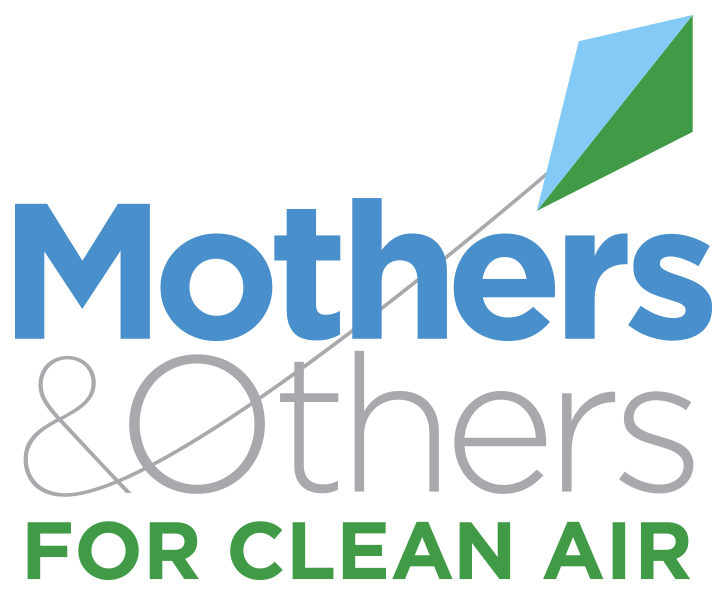Take a look at a map of the 14-county metro Atlanta region.
Now place a pin on the map to represent the location of
every polluting factory, toxic release, sewage overflow,
and all other points where pollution may originate. When
you finish, you will see thousands of pins on the map. You
will also begin to see some clear patterns: pollution points
are generally found in higher numbers in populous areas,
close to railways, and in industrial centers. Now, overlay
demographic characteristics, including race and income,
onto the map and you will see which populations are living
closest to these pollution points. With some study, you
will see that populations of minorities and the poor are
living in closer proximity to pollution points than are other
populations. So too are those who are not fluent in English.
Published Mar 1, 2012
Thompson, D. D. J. (2012). A Report on Demographics and Pollution in Metro Atlanta. www.GreenLaw.org
